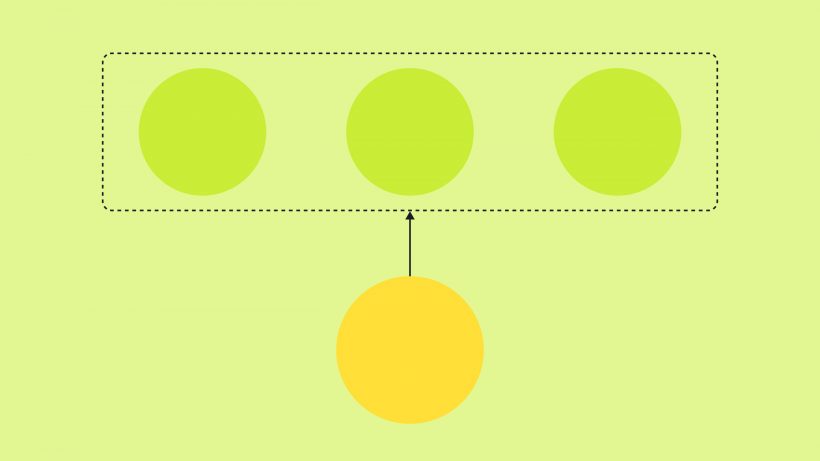Design Principles
Modern government, by design.
Guided by principles rooted in informed decision-making, usability, and forward-thinking strategies, we put people’s needs at the center of our design process to deliver more effective government experiences.
Know your users
Involve users in the process to understand their needs, feelings, behaviors, and goals. Understand the problem you are trying to solve.
Make informed decisions
Use data to guide your choices. Ensure that each decision is grounded in evidence rather than assumptions.
Design for everyone
Prioritize accessible design. Consider the range of user needs, such as varying abilities, technical literacy, languages, and backgrounds.
Reduce complexity
Streamline for efficiency and ease. Prioritize clarity and simplicity in both form and function to improve usability and user satisfaction.
Design for scalability
Create products that can grow and adapt over time. Adopt a flexible, modular approach to design and technology systems.
Iterate and adapt
Prototype to explore and validate ideas. Test with users to gather feedback and find opportunities for improvement. Continue iterating and refining.

“Government’s service delivery should be driven by the voice of the customer through human-centered design methodologies.”
2021 Federal Executive Order on Customer Experience and Service Delivery
Our Approach to User-Centered Design
Effective access relies on understanding the needs of your audience and designing to meet them.
Usability research and testing
Mobile-friendly design
Accessibility audits and analysis
WCAG compliance
Language-accessibility
Multilingual content strategy
Principles + Process
Our iterative process is guided by the human-centered design principles of empathy, usability, and adaptability.

